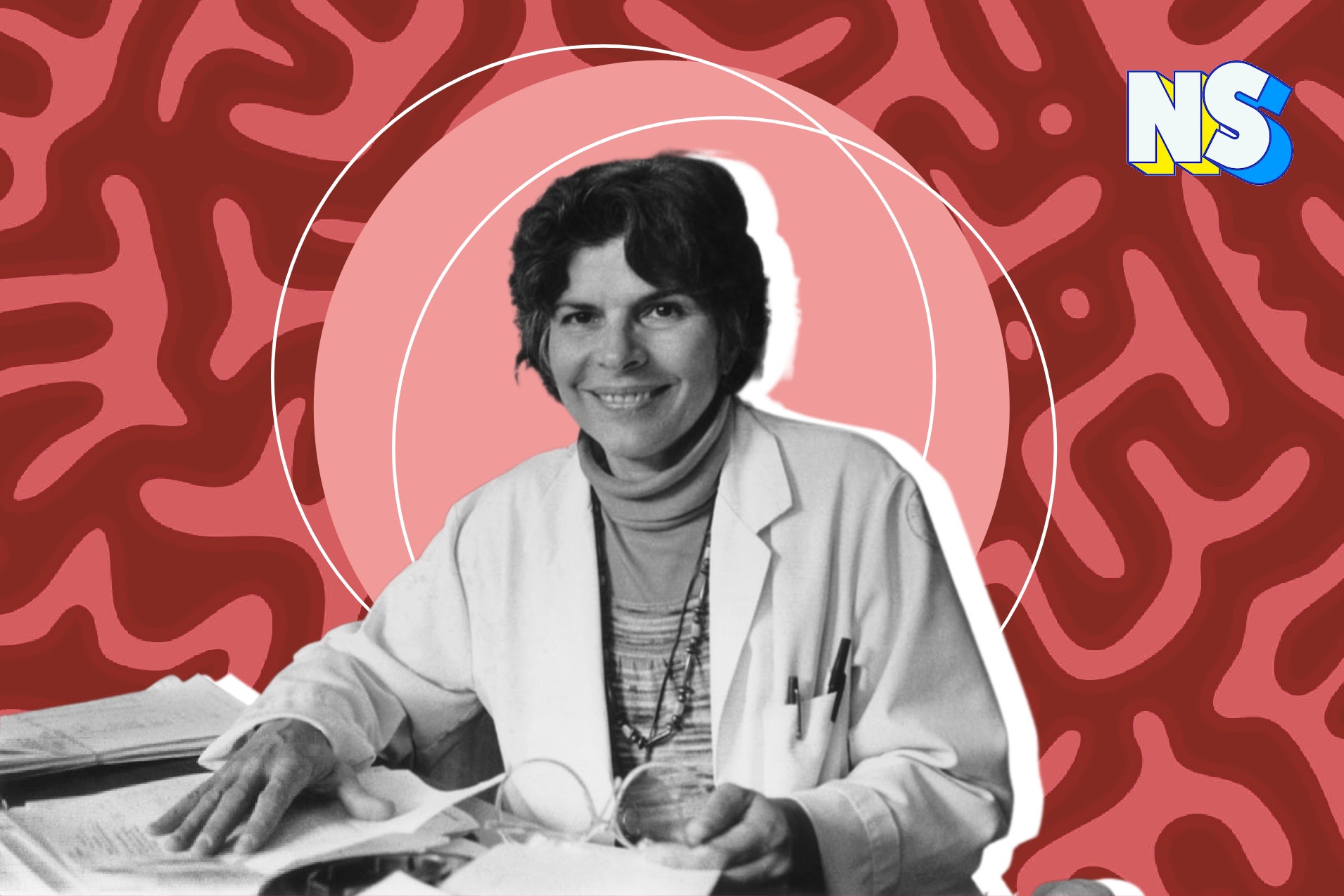Credit: Nuestro Stories
Helen Rodriguez Trias was a trailblazer in the field of public health from the moment she stepped foot onto her college campus. She continued to light the torch, placing a spotlight on the desperate need for improvements in the public health sector, with an emphasis placed in regards to equity of care and health justice.
While she spent her career in a variety of roles, she maintained a consistent focus throughout advocating for women's and children’s health justice. Through her powerful work, Helen Rodriguez Trias became the first Latina President of the American Public Health Association, among other esteemed titles before she passed in 2001.
Read more: Latinas Are Fighting Back: Alexandra Ocasio-Cortez Reminds Us of the Importance of Speaking Up
Remembering Helen Rodriguez Trias’ Life
Born in the Bronx, New York, in July of 1929, Helen’s feet barely touched (the contiguous) American soil during her early childhood. Not long after she was born her family moved back to Puerto Rico, where she spent her developmental years. It was after she and her family came back to the United States that Helen was first introduced to discrimination through the system. During interviews in later years, she would recall that although she could speak both English and Spanish, she was placed in special education classes because of where she came from. That experience would shape her life when it came to analyzing public policy through the experience of marginalized communities.
Not long after she graduated high school, Helen returned back to Puerto Rico where she chose to attend college – and it was here that she took her political ideology from theory to action. She became involved in the island’s independence movement, taking part in a strike against then Chancellor Jaime Rexach Benitez. Her discovered involvement in the strike forced her to move back to the United States to continue her education in healthcare.
Almost immediately after graduating, she began working in her community in the Bronx, trying her best to understand the most immediate needs of her neighborhood and the people who lived within it. Finding women and children were suffering from the most desperate lack of care, she established a newborn care clinic – and in less than a few years, the Bronx saw a decrease in the infant mortality rate by 50%.
From there she began placing a focus on the care of women and children who were living with HIV/AIDS during the height of the crisis of the 70s and 80s. Furthermore, she worked as an advocate against forced sterilization – a practice used predominantly on Black and Brown women. During that time she founded the Committee to End Sterilization Abuse, and The Committee for Abortion Rights and Against Sterilization Abuse.
Her activism on behalf of her community eventually earned her the Presidential Citizens Medal of Honor. She died on December 27, 2001 at the age of 72 – and left a legacy of care behind her.





